Creation
From Blank Pages to Completion: Navigating the Process and Resolving the Challenges of Creating a New OER for University Students
Deakin University
Dr Sarah Steen
In conversation
For an alternative way to take in this case study, hear the author chat about their work on the Speaking of Open podcast.
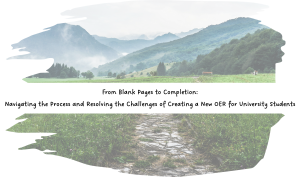
Overview
How do you console an upset colleague? How do you assist a colleague who is struggling with work-life balance? How do you negotiate a salary? How do you mediate a dysfunctional work-related relationship between colleagues? These typical workplace situations require learned skills that can take time to master.
So, how do you create an interactive learning environment that motivates and inspires learners to develop and enhance their skills spanning navigating difficult conversations, negotiation, and mediation? It was a question that sparked an idea and led to the creation of an OER: Workplace Role-Play Scenarios: Practice Navigating Difficult Conversations, Negotiation and Mediation. Fifteen role-plays were created, inspired by real-life situations, and drawn on experience from industry-relevant stakeholders, to develop workplace scenarios that were realistic, giving learners an authentic learning experience.
However, the creation of the OER was not without its challenges, as pursuing the OER idea required navigating an unfamiliar process that took persistence and resulted in many key lessons learned along the way. Challenges such as how do you create a high-quality user-friendly resource that will be applicable, inclusive, and work for different cohorts of learners to enable the OER to reach its full potential of being utilised, shared, and modified when users have different needs and curriculum requirements? How do you collaborate with others to create the OER? What are the licencing guidelines? How do you navigate the software to create the OER? How long does the process take from an idea to published OER? How do you then integrate and adopt the OER into your subject?
This chapter, through the lived experience of an enthusiastic educator, takes you on a journey of how to pursue an idea into a completed OER, navigating the process and recounting the author’s personal experience of overcoming the challenges. The chapter aims to inspire educators to embrace open practices that promote inclusivity and equity in education and is a must-read for anyone wanting to convert an idea into a newly created OER.
Using this case study
A passionate educator’s journey starting with the pursuit of an idea to the completion of the OER: Workplace Role-Play Scenarios: Practice Navigating Difficult Conversations, Negotiation and Mediation.
This case study is useful for teaching academics seeking to convert an idea into a newly created OER.
After reading this chapter, educators will:
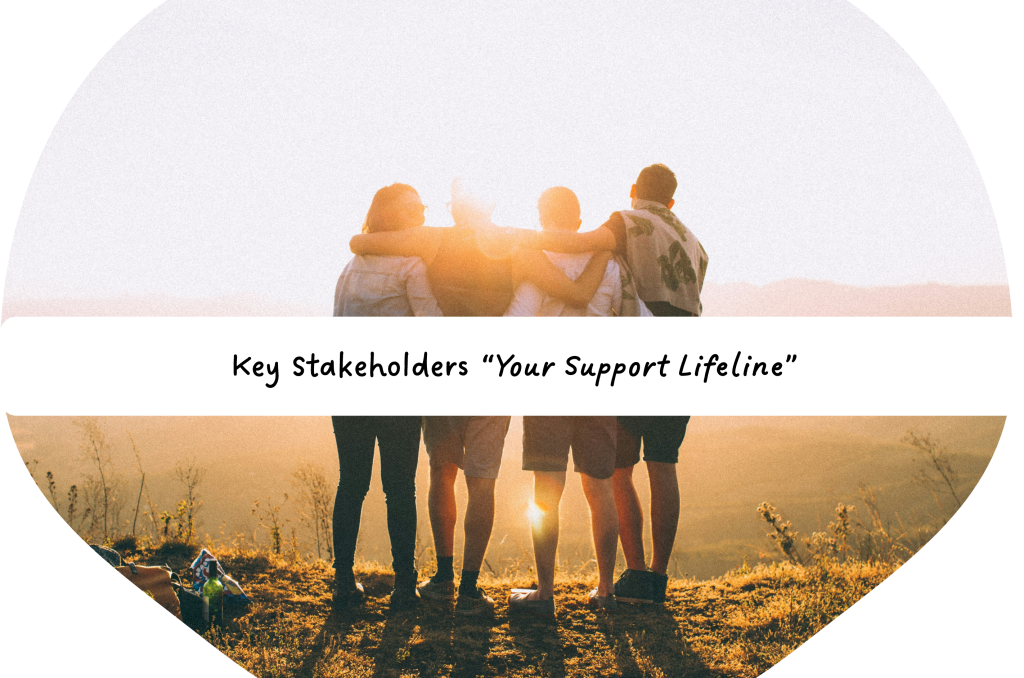
Key stakeholders – “Your support lifeline”
The journey from idea to completion was a challenging yet rewarding one. At the beginning, I was entering an unknown territory and knew I needed to embrace the learning curve I was about to embark on. I had never heard of an OER before, did not know what it was and remember quite vividly being overwhelmed during the first OER information session after hearing several unfamiliar terms: OER, creative coms (or was it called creative commons?), attributions, MOM, DRM-free resource. What did it all mean? Google became my best friend, and I became more confident and aware of the untapped wonderful world of Open Educational Resources.
An OER grant provided me with a supportive environment to create my OER. A wonderful Deakin Open Education Librarian Angie, the OER community and the Copyright Team provided ongoing encouragement, expertise, and support during the creation of my OER. I was fortunate to also lean on a trusted colleague who collaborated with me on a small portion of the OER. I knew she was the right person to work with after my initial call with her: “so I have this idea…” She was equally passionate, got the vision and knew how valuable the OER would be for students.
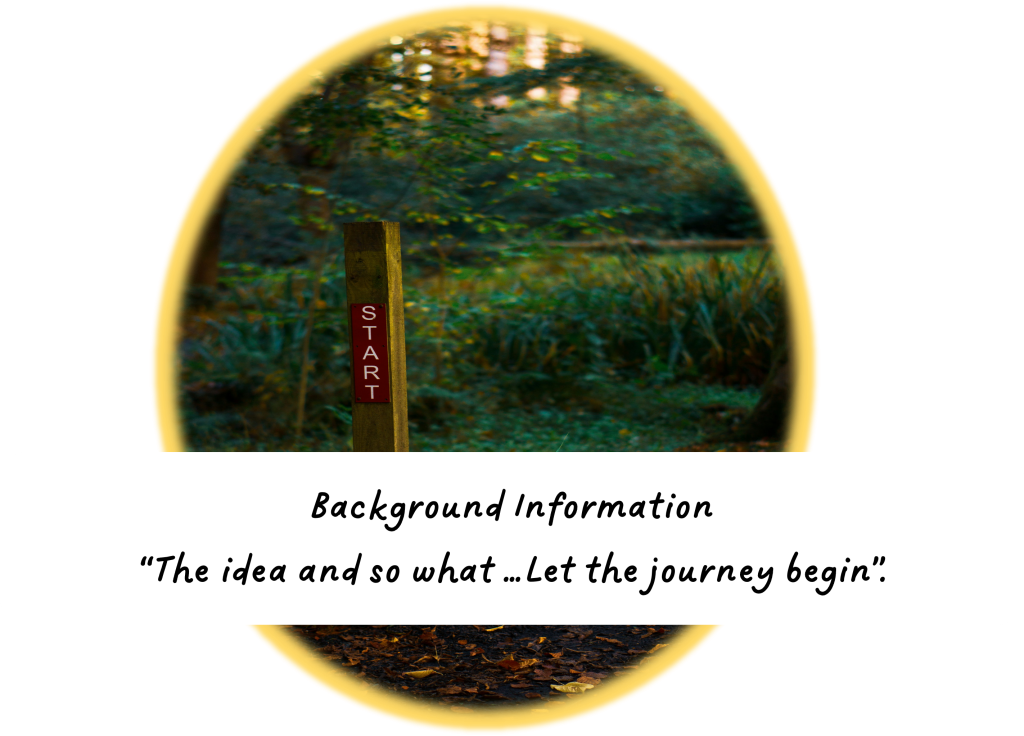
Background information – “The idea and so what… Let the journey begin”.
It was a few years ago and I had just been allocated unit MMH250 Workplace Conflict Resolution to facilitate as unit chair. The unit was promoted as a skills-based unit with theoretical and practical learning outcomes designed to enhance and/or develop students’ skills in navigating difficult conversations, negotiation, and mediation. The second-year unit was designed to have a weekly 50-minute lecture, with weekly two-hour hands-on seminars.
I was very excited for the opportunity to deliver the unit as it was unique and required high engagement levels, which also meant the unit was challenging to convene. My excitement levels quickly plummeted after seeing the state of the unit. The unit had shuffled between unit chairs, and no one had really given it the love and attention it desperately needed. The weekly seminars involved scenarios that were not very realistic, there was limited scaffolding to support students learning and limited reflection questions post role-plays for students to reflect on and learn from their experiences. Due to the expansive content areas, students needed access to several textbooks.
With all this in mind, one afternoon with a coffee in hand, I brainstormed what I envisaged the unit to look like – what was its purpose? What kind of learning environment did I want to create? What support did students need? What critical skills did I want students to learn in the unit? What assessment would be appropriate? Around this time, OER grant applications had opened and I jumped at the chance to develop an OER for this unit. I was successful at obtaining the grant and had planned to develop an OER that was a textbook covering all the skills-based content topics.
With a blank page, I started to map out the curriculum that I wanted students to learn around the key areas of navigating difficult conversations, negotiation, and mediation. However, I soon began to realise that writing my own textbook encapsulating the key learning areas was not the best decision for several reasons. When I started writing the textbook, I felt I was reinventing something that already existed. It would limit the applicability and usability of the book in other higher education institutions due to differing curriculum requirements and it would be very, very time consuming. So, it was back to the drawing board!
I revisited my core question – what was the purpose of the unit? It was to develop and enhance skills which students would require to confront the challenges in the real world. As a skills-based unit, whilst the theory is important, its application and practice are even more important. It was this point that sparked an idea to create an OER with role–play scenarios which covered navigating difficult conversations, negotiation, and mediation. The unit desperately needed better-quality, real-life scenarios that would be applicable to future work (who does not want to practise developing better negotiation skills to get that salary increase or promotion!), that provided students with the opportunity to apply what they were learning in the weekly lectures. The plan was to make the OER non content-specific, so that any educational provider could use the resource and make it applicable to their specific curriculum.
Aside from addressing the need surrounding the scenarios, there were other drivers that led to the creation of the OER. As higher education has become more accessible and inclusive to all learners, the weekly scenarios needed to cater to all learning needs, particularly for students who use assisted technology. The outdated scenarios were often provided as scanned copies, images etc. which limited their ability to be accessed and utilised in different software programs.
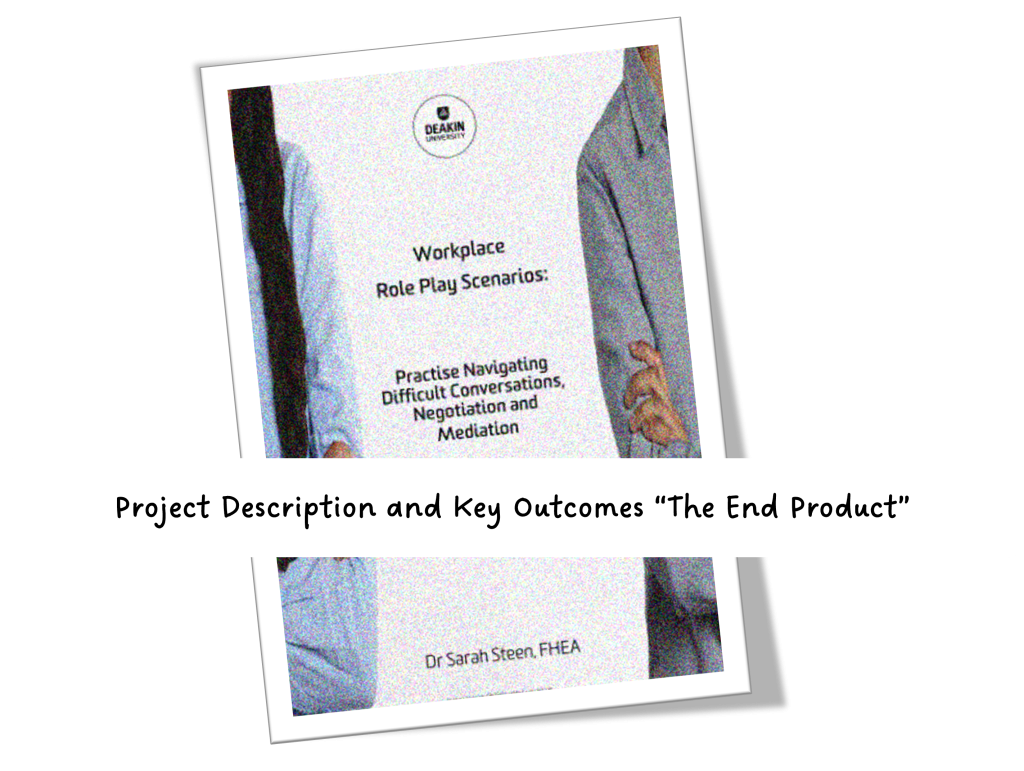
Project description and Key outcome – “The end product”
Students who enrol in the unit come from many different courses, and as such may have limited experiences in HR and workplace experiences. For many students, it is a steep learning curve as they work on developing skills in navigating difficult conversations, negotiation, and mediation as emphasised in the following quote from a past student: “the unit as a whole was certainly challenging … [but it] prepared [us] for conflict resolution scenarios in the workplace”. Therefore, it was essential that students learning experience was carefully planned out. The fifteen scenarios provide learners with the opportunity to engage in different role-plays providing students with the opportunity to apply theoretical concepts and ideas into real-life scenarios and provide learners with the opportunity to reflect on their experience with reflective questions. It is not content specific, so any educational providers can easily use the scenarios alongside their specific course curriculum. For example, educational providers could utilise one of the negotiation scenarios and ask students to apply the negotiation process and/or negotiation skills as taught in their course curriculum to role-play the scenario. Reflection questions could then be tailored to prompt students to reflect on and evaluate how they did in the negotiation scenario or even what was noticed by the observer.
Feedback
The journey was long, but the end product and the value it adds to students learning was worth it. Here is a snapshot of some feedback from students: “I have learnt some extremely valuable skills … [which] has been reflected in my new role I have recently started as a HR Associate”, “it is great to see a unit really apply content and knowledge to the ‘real world’ which I believe lacks a lot in university studies. This unit was truly engaging. The practical activities are highly engaging and allow for students to experience what we are learning first-hand” and “I have thoroughly enjoyed this subject. Its content has been so practical to both work and life, and I’ve been able to practice and implement learnings and strengthen my own capabilities in my professional life throughout the trimester- with really positive results.”
The OER has also been selected by MERLOT (Multimedia Educational Resources for Learning and Online Teaching) to undergo a peer review by the business editorial board as it was identified as having high potential as a web-based teaching and learning resource and was awarded 4.5/5 stars for overall rating: “The content approach is excellent for learning and teaching, the structure and presentation effectively support the learning and application of strategies for navigating difficult conversations, negotiation, and mediation, it is easy to integrate into the curriculum and has very clear instructions on the role-play process and scenarios are engaging”.
So, what’s next?
I am exploring the integration of videos for instructional purposes and to role model certain skills for students learning.
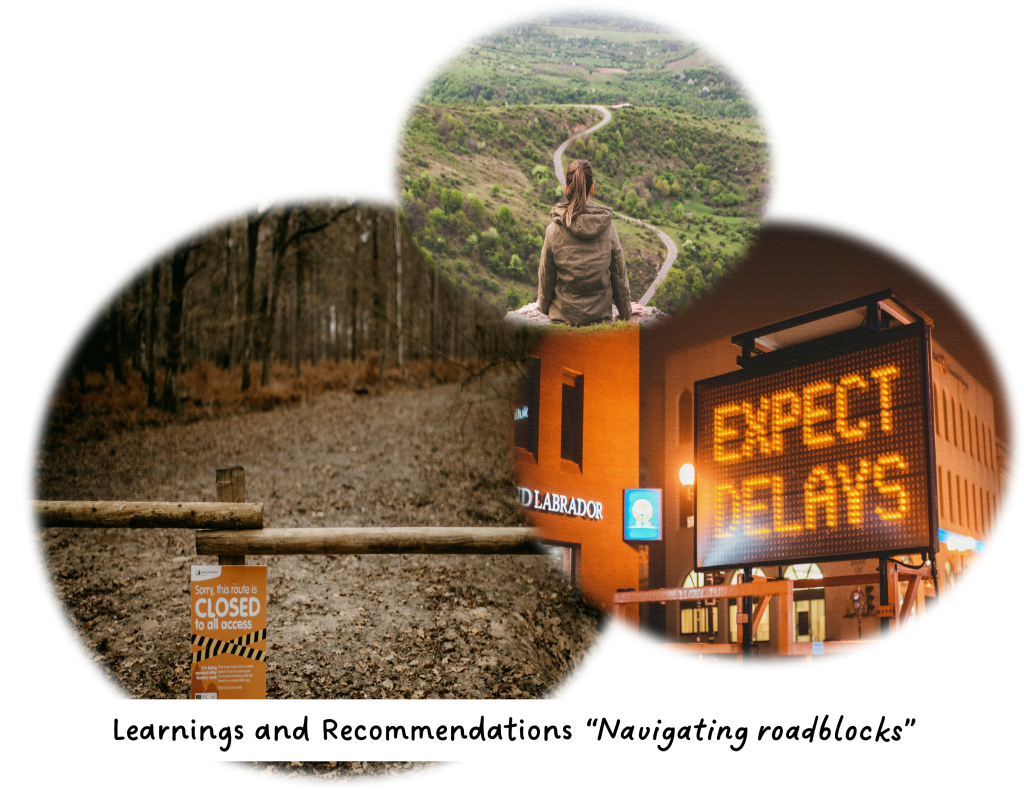
Learnings and recommendations – “Navigating roadblocks”
The process from idea to completed OER was not a smooth journey, but I was not expecting it to be. It was a learning curve, and I learned many valuable lessons along the way.
The why
I found it was really important to have a very clear understanding of why my resource was needed – what was its purpose? I knew I wanted a resource in the unit that could address the need for students to have one resource to refer to and initially, this was in the form of an OER textbook, which later changed to workplace scenarios. So, I needed to be ok and accept pivoting from my initial idea and start over. This was a time-consuming decision but ultimately proved to be the right one. Before cementing the idea, I also researched OERs to see if I could adapt an established OER or if I needed to create a new one. Once the why and the idea were formed, I ensured I was clear about who the audience was, their needs and considered how I could make the OER relevant to a broader audience. I had a clear understanding of the type of student who undertakes the unit, some with limited working experience and some with specific learning needs. This assisted in making sure the resource would suit a range of learners. By not making the resource content specific, the resource can be easily applied by any educational providers.
Developing the OER: Collaborating with others
For a small portion of the OER, I collaborated with a trusted colleague who had the expertise to assist with the development of some scenario role-plays. I emphasise the word trust, because when collaborating with others you need to ensure you are on the same page with the vision and can ultimately work well together. The collaboration required regular check ins to ensure that they were on track, so I would recommend setting deadlines with clear expectations.
It’s ok to take a break
It was a long journey and took longer than I anticipated (grant was obtained in 2021, and OER launched in 2023, COVID and its implications in higher education significantly contributed to the delay). There were times where I needed to step away from the resource and have a break from it. Even though I felt guilty putting it aside, it was important to help with refocusing on it later. Sometimes this was caused by the intensive academic workload and other times because I was just tired of working on it.
Seeking feedback
As an academic, I know the importance of feedback and so, I sought feedback on the OER from trusted colleagues and students when I trialled the scenarios in seminars. Most feedback resulted in valuable changes and other feedback was considered but ultimately, couldn’t be implemented as it didn’t fit within the scope of the OER’s purpose (but could be considered for a potential future OER). I was recently a guest speaker on the August’s OER Collective Community of Practice by the Council of Australian University Librarians (CAUL) on the topic of Peer Review: Two Approaches Shared by Colleagues from Monash and Deakin and I picked up a great tip. That is, in your OER include a feedback option at the end of your OER so users can directly give you feedback to improve the resource. I also asked many questions from the OER support team on licencing, copyright etc. which greatly assisted my understanding.
When embedding the resource in the unit, I ensure I communicate to students the purpose of the OER, why it was created and the benefit for them as students. I also seek their feedback on the OER during each teaching period as ultimately the OER needs to work for them!
Pressbooks
As I was collaborating with others to create part of the OER and to seek feedback, I wrote the OER in a MS Word document. Once the OER was in its final version, I imported the content into Pressbooks. Pressbooks was the content management system that my university utilised to enable me to publish my OER to the public. To start a new shell (OER) in Pressbooks, the title had to be locked in. So inevitably, I took a little longer to get the shell set up as I pondered the OER title.
The transfer of content from MS Word to Pressbooks was not entirely smooth due to being unfamiliar with Pressbook’s editing and formatting tools. I did find several helpful how to videos for Pressbooks which assisted in understanding how to use it. At the time, I found it difficult to copy and paste the content to replicate how it was in my MS Word document. I found it was better to create new tables in Pressbooks, rather than copying and pasting from MS Word. Also, when checking the formatting be sure to download a PDF version to see how it appears in PDF which helped me for example see where I needed to add a few lines, so a new paragraph started on a new page.
Celebrate the end product
I took a moment to celebrate the achievement. I was proud of what I had created and welcomed the opportunity to officially launch the book at a celebratory OER launch event. I looked for avenues to actively share my creation and promote it – whether that was through the OER community, on LinkedIn or through my department. I have the front cover of my OER in a frame proudly displayed in my office which sometimes acts as a great talking point when colleagues/students drop by my office.
In practice
“So, you want to implement a similar OEP?” You have made a great decision!
A few tips:
- Know your why, the audience and its value which will help keep you on track.
- Lean into your surrounding OER support teams or create your own supportive team to cheer you on!
- Seek feedback and be open to making changes from others’ suggestions during the development of the OER and after.
- Be prepared to pivot from your original idea.
- It will take longer than you think (trust me).
- Use the read aloud feature in MS word to proofread.
- Create the right writing environment for you. Schedule writing blocks at your optimum writing window (mine was in the afternoons/evening listening to rain music).
All the very best with your OER!
How to cite and attribute this chapter
How to cite this chapter (referencing)
Steen, S. (2024). From Blank Pages to Completion: Navigating the Process and Resolving the Challenges of Creating a New OER for University Students. In Open Education Down UndOER: Australasian Case Studies. Council of Australian University Librarians. https://oercollective.caul.edu.au/openedaustralasia/chapter/from-blank-pages-to-completion/
How to attribute this chapter (reusing or adapting)
If you plan on reproducing (copying) this chapter without changes, please use the following attribution statement:
From Blank Pages to Completion: Navigating the Process and Resolving the Challenges of Creating a New OER for University Students by Sarah Steen is licensed under a Creative Commons Attribution 4.0 International licence.
If you plan on adapting this chapter, please use the following attribution statement:
*Title of your adaptation* is adapted from From Blank Pages to Completion: Navigating the Process and Resolving the Challenges of Creating a New OER for University Students by Sarah Steen, used under a Creative Commons Attribution 4.0 International licence.


